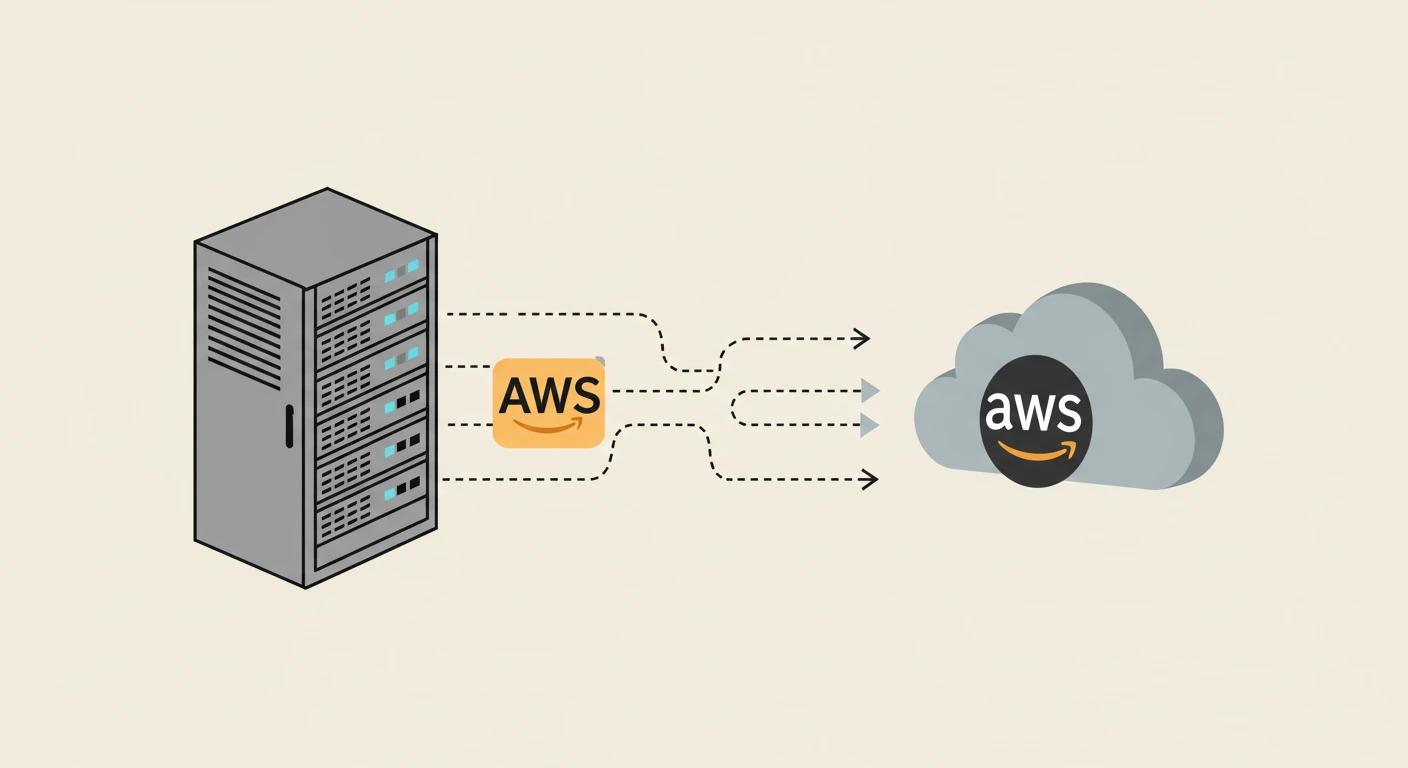
As the world moves towards the Cloud, many developers, product owners, and CTOs are bewildered by the many questions that Cloud Migration poses. Should they keep it on-prem or migrate to a public Cloud? Should they use AWS, IBM Cloud, or a dozen other Cloud providers? Will the Cloud Migration cost them in terms of lost revenue, availability of service, or a gazillion other metrics they need to track?
All these questions make the Cloud Migration journey a living nightmare. There is an endless list of options and confusion, which is as exhausting as it is frightening.
Seeing this, we at Wanclouds have come up with a checklist to help you make better-informed decisions for your cloud journey. You can also use this list as a roadmap to guide your cloud journey.
Why You Need a Cloud Migration Strategy
Moving to the Cloud is not just a passing trend; it’s essential these days. According to Gartner, 85% of businesses are expected to go all-in on a cloud-first approach by the end of 2025. But here’s the catch: if you don’t have a solid Cloud Migration strategy, you’re asking for trouble—think downtime, costs spiralling out of control, or apps that just won’t work properly in the new environment. That’s where this checklist comes in. It’s like your trusty guide, making sure every part of the process, from the planning stages to the final checks, goes off without trouble.

Steps to Plan Your Cloud Migration
Plan and Preparation
This phase is particularly tricky because you don’t want to linger on during the planning phase and risk not getting things done. You should bring the whole team together to kick off the discussion on what your migration journey will look like, the departments that might temporarily get affected during the process, and the responsibilities each team has to take on for a smooth transition to the cloud. This includes your IT operations teams, development & Quality Assurance teams, key stakeholders from all departments and the leadership. The whole team needs to be on the same page for a smooth and predictable migration process.
Assess your applications
Before migrating the application, you should do a complete audit of your current applications to assess their readiness for the migration. To evaluate readiness, you have to first look at the application’s dependencies and the ecosystem in which it lives. The ecosystem could be its physical and virtual network infrastructure, including configurations, policies, load balancers, security, and compliance requirements.
Choosing the right Public Cloud
Choosing the right Cloud means different things for different organizations. When it comes to Cloud, there are a number of other options you can choose from, and each may vary depending on your financial constraints, the results you are trying to achieve with cloud adoption, and even the systems you have in place currently.
The right migration partner can answer these questions for you after a careful assessment of your current environment and suggest an option that is the most cost-effective and poses the least friction for the migration.
The Actual Migration
The actual migration of your environment is obviously the most critical step, and you need to make sure your current environment gets migrated smoothly to the destination environment. Here is a quick checklist of things you should consider during the migration process:
- Minimum downtime
- No disruption of service
- Compatibility of the new environment with your
- Migration of your content and files from the previous environment
- Availability of the new environment to your users
- Validation of the current environment
This checklist is not exhaustive, as each migration is a unique experience and can often lead to unforeseen challenges native to the environment under question. It is best suited to have an expert migrations team or partner who can help you through the process and make sure your migrations are streamlined and air-tight.
Validation
The final step of your migration journey is validating that all the resources from a previous environment are fully migrated and operational in your target environment. This process is mostly done manually to make sure that nothing was left behind and is often followed by a full testing lifecycle to make sure that the new environment is behaving as predicted and isn’t posing any compatibility or service accessibility issues. This step is crucial and marks the completion of a successful migration journey.
Managing Unexpected Performance Issues
Here’s something no one likes to talk about: sometimes, even with all the planning in the world, your app’s performance takes a hit after migration. Maybe it’s slower response times or a feature that doesn’t quite work the way it used to. This can happen due to differences in how the Cloud provider handles resources or because some obscure dependency didn’t make the migration as expected. To tackle this, run thorough performance tests in a staging environment that mirrors your target Cloud setup before going live.
Keeping Your Team in the Loop Post-Migration
You’ve migrated—great! But now your team needs to know how to operate in this new Cloud environment. It’s easy to overlook training and documentation amid the chaos of migration. Still, if your crew doesn’t understand the latest tools or processes, you’re setting yourself up for frustration down the line. Plan for post-migration training sessions—whether it’s through Cloud provider resources or hands-on workshops with experts—and make sure everyone knows who to call when something goes sideways. A well-prepped team keeps the Cloud operation running smoothly after the migration.
Manual Migration vs Wanclouds Assisted Migration

Ready to Migrate? Let Wanclouds Help
Cloud Migration doesn’t have to be a nightmare. With the right Cloud Migration strategy and tools, you can migrate smoothly and unlock the Cloud’s full potential.
For more details, you can refer to our detailed Solution Brief. To initiate contact, you can fill out our website form or contact one of our sales representatives at [email protected]